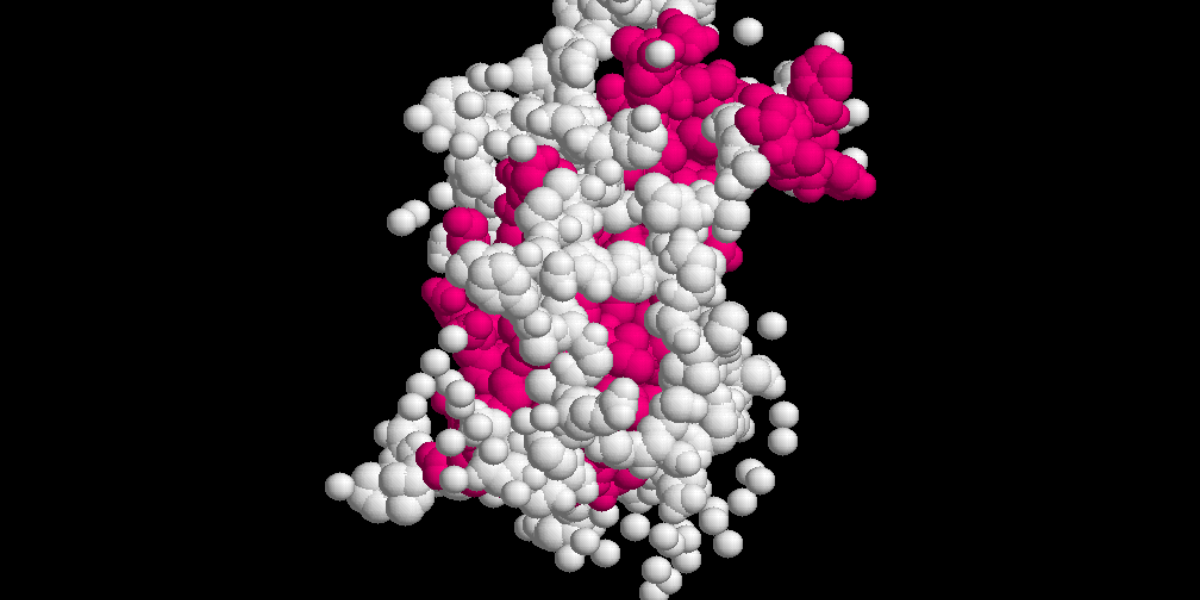Growth hormone, often abbreviated as GH and also known as somatotropin, is a naturally occurring peptide hormone secreted by the pituitary gland. It plays a vital role in human development, especially in childhood and adolescence. It promotes linear growth and helps regulate body composition, muscle and bone growth, sugar and fat metabolism, and even heart function. Understanding what growth hormone is and how it works has expanded tremendously over the past few decades, making it a central topic in medical research and treatments.
How Growth Hormone Works in the Body
GH is produced in pulses throughout the day, with the highest secretion occurring at night during deep sleep. This pulsatile release is governed by two hypothalamic hormones: growth hormone-releasing hormone (GHRH), which stimulates GH secretion, and somatostatin, which inhibits it. Once released, GH enters the bloodstream and travels to various tissues, stimulating the liver to produce insulin-like growth factor 1 (IGF-1), which plays a significant role in the effects attributed to GH.
This cascade of hormonal interactions supports the growth of bones and muscles, enhances protein synthesis, and helps regulate glucose and lipid metabolism. In adults, while growth in stature is no longer needed, GH continues to perform essential metabolic functions.
Growth Hormone Deficiency and Its Implications
A deficiency in growth hormone can occur at any age and can lead to various health issues. In children, it may result in stunted growth or dwarfism, whereas in adults, symptoms may include decreased muscle mass, increased body fat, reduced energy levels, and a higher risk of cardiovascular disease. Causes of GH deficiency can be congenital or acquired, such as from tumors, trauma, or radiation treatments that affect the pituitary gland.
Fortunately, GH deficiency can be diagnosed through blood tests and stimulation tests, and treatment typically involves synthetic growth hormone therapy. These therapies are customized and monitored carefully to minimize risks and maximize benefits.
Growth Hormone in Anti-Aging and Performance
In recent years, GH has garnered attention for its purported anti-aging and performance-enhancing benefits. Some people seek GH therapy to improve muscle tone, reduce fat, and enhance overall vitality. However, it is essential to note that the use of GH for anti-aging in healthy individuals is not approved by regulatory bodies and can pose significant health risks.
Studies have shown that while GH can increase lean body mass and decrease fat, it does not necessarily improve strength or athletic performance. Additionally, misuse of GH can lead to side effects such as acromegaly, diabetes, and cardiovascular complications. Therefore, it is critical to approach GH therapy with medical supervision and clear clinical indications.
GH and Metabolism
One of the lesser-known but equally important roles of GH is its impact on metabolism. It helps regulate the balance between glucose and lipids in the body, ensuring that energy production and storage processes are optimized. GH promotes lipolysis (the breakdown of fat) and enhances protein synthesis, making it vital for maintaining muscle mass and reducing adipose tissue.
In GH-deficient individuals, there is often an increase in abdominal fat, insulin resistance, and lipid abnormalities. GH therapy has been shown to improve these metabolic parameters, leading to better energy levels and reduced cardiovascular risks.
Gender and Age Differences in GH Secretion
GH secretion naturally declines with age, which partly explains the reduction in muscle mass, increase in fat, and overall decrease in vitality seen in older adults. Additionally, GH levels vary between genders, with women generally having higher basal GH levels but less IGF-1 activity than men.
Understanding these differences is crucial for tailoring GH therapies effectively. In clinical practice, gender- and age-specific protocols are used to determine optimal dosing and minimize side effects.
Future of GH Research
As science advances, so does our understanding of GH and its potential. Researchers are exploring new delivery methods, such as oral or transdermal GH, and investigating the use of GH secretagogues — compounds that stimulate natural GH release. Additionally, gene therapy and regenerative medicine may open new doors for GH-related treatments in the future.
Studies are also focusing on the psychological and cognitive effects of GH, such as improved mood, memory, and quality of life. While more research is needed, these findings highlight the far-reaching impact of GH on overall well-being.
Conclusion
Growth hormone is a complex and essential hormone with a wide range of physiological functions. From aiding in childhood growth to maintaining metabolic health in adults, GH continues to be a cornerstone of endocrine health. Whether used to treat a deficiency or for more experimental reasons, GH therapy must be approached with caution, medical supervision, and awareness of potential risks.
If you are considering GH treatment or want to know more about hormone optimization, reach out to us at MD Longevity. Our experts specialize in safe, effective, and evidence-based hormone therapies tailored to your individual needs. For more information, contact us at 888-545-3047 or 888-545-9147.
FAQs
What is growth hormone?
Growth hormone (GH) is a peptide hormone that promotes growth, cell reproduction, and regeneration. The pituitary gland produces it and plays a crucial role in development and metabolism.
What are the symptoms of GH deficiency?
Symptoms include slow growth in children, increased body fat, reduced muscle mass, low energy, and poor concentration. Adults may also experience mood disturbances and cardiovascular risks.
Is GH therapy safe?
Yes, when prescribed and monitored by a medical professional. Like any therapy, it carries some risks and potential side effects.
Can GH help with weight loss?
GH can aid fat metabolism and increase lean muscle mass, but it should not be seen as a primary weight loss solution. It must be used under medical supervision.

Leave a Reply